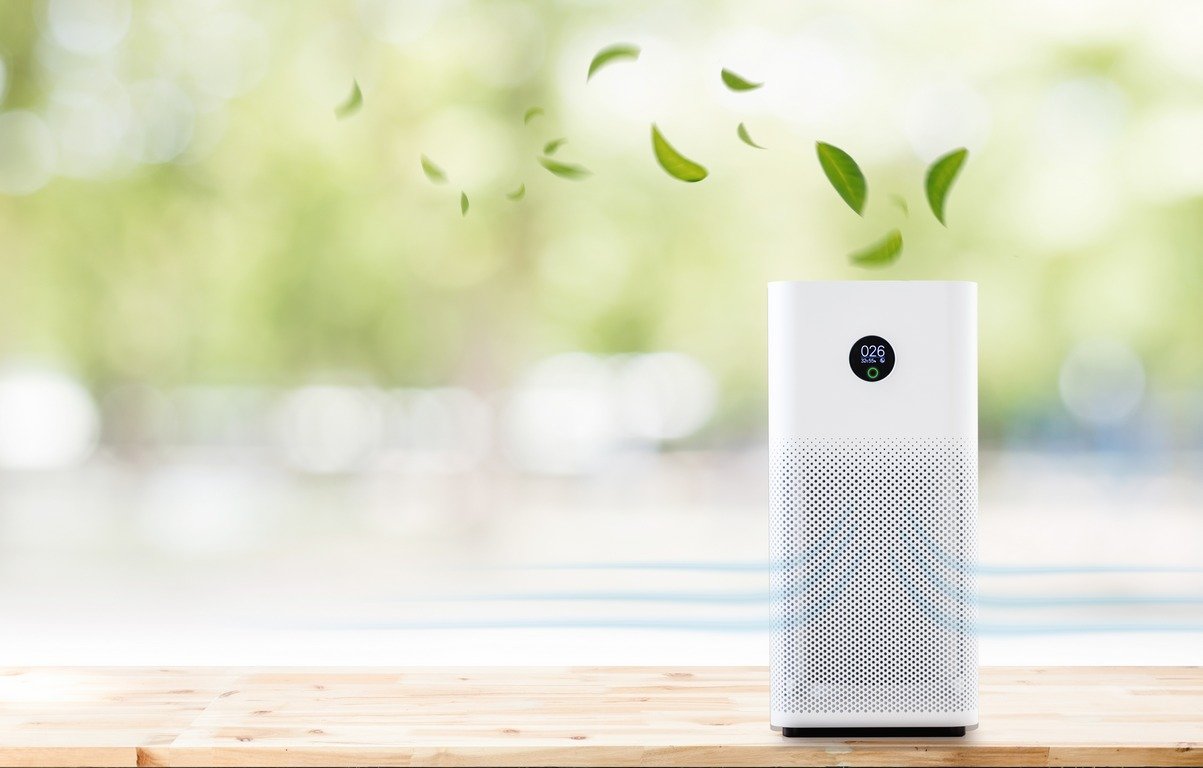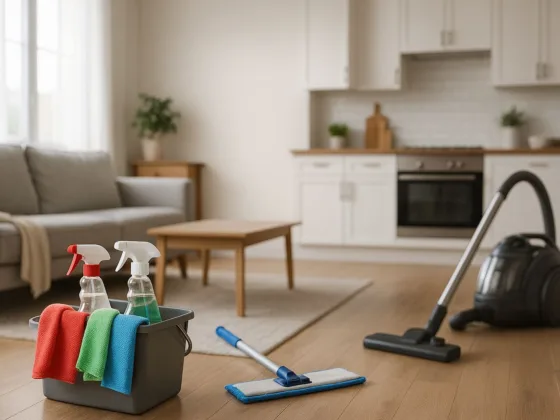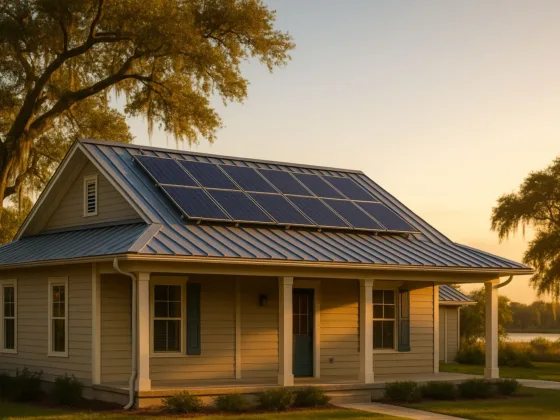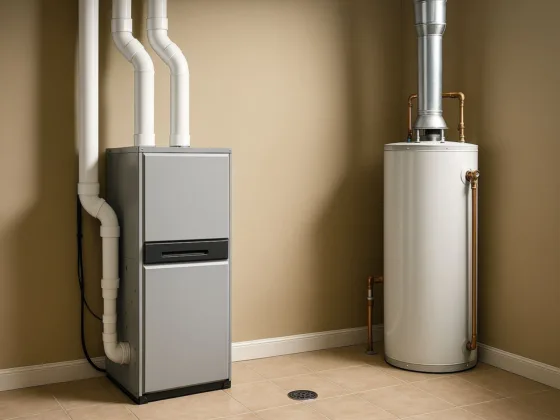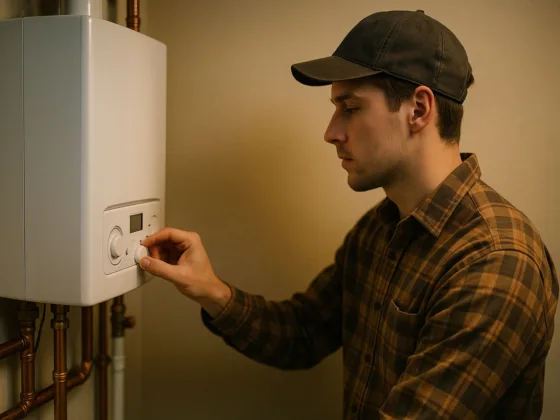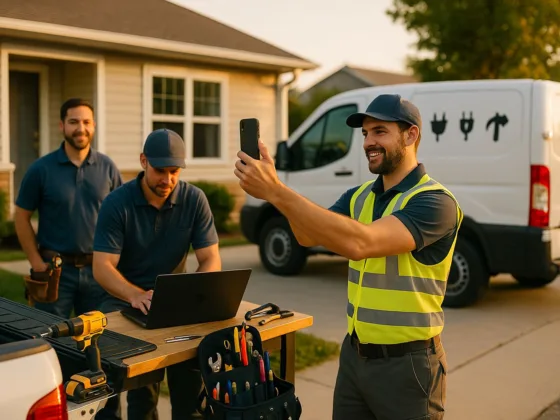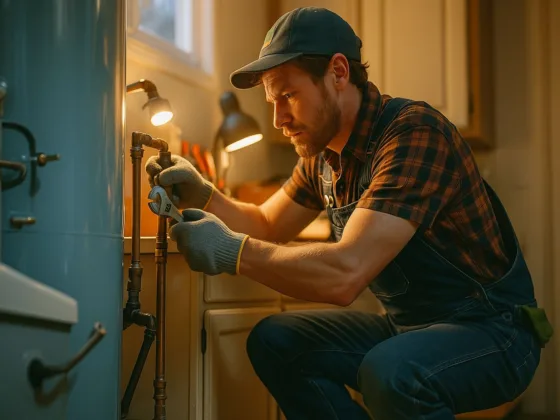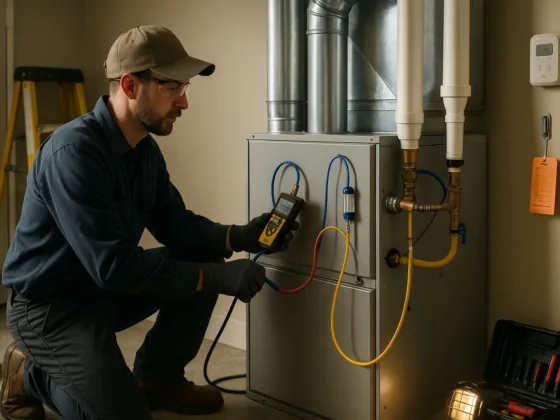Table of Contents Show
Nobody wants to breathe polluted air. It’s dangerous for the health of all living beings in general. Nature provides fresh air that could rejuvenate the lungs and improve breathing.
However, not everyone is blessed enough to be living in the countryside and relish in the feel of clean air.
Most people live in densely populated cities where there is so much carbon dioxide, particulates, smoke, and other hazardous air pollutants.
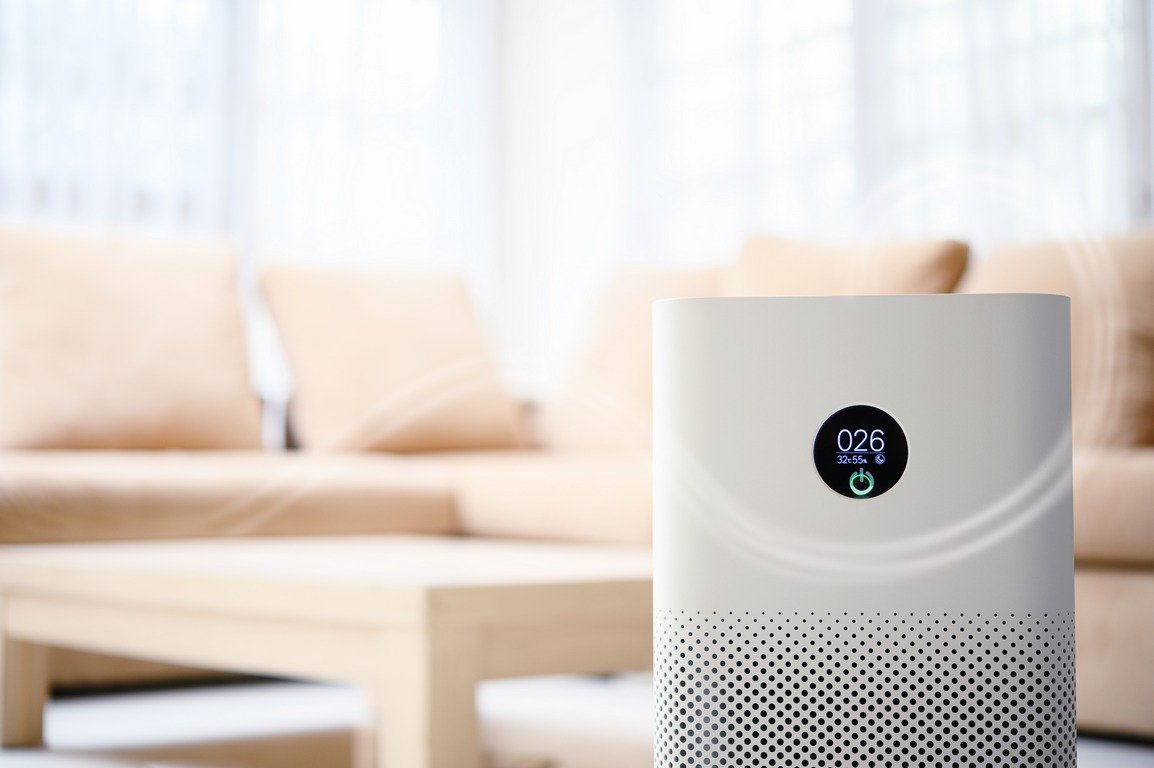
Due to air pollution, HVAC air filter products have started to become a thing for homes to become more comfortable with good air circulation.
An HVAC system is short for heating, ventilation, and air conditioning. It’s primarily used in places with harsh weather conditions or seasonal changes—heating for winter, ventilation for summer, and air conditioning for day-to-day temperature preference.
But one crucial question remains unanswered: do air purifiers really work? To answer that, let us assess it from its use, dynamics, and improved performance.
1. What Is an Air Purifier?
Technically, an air purifier or filter is an indoor device meant to filter domestic or industrial air. It’s primarily used to remove air pollution, enhance air quality, and of course, purify the air.
The primary purpose of this indoor device is to limit the spread of dangerous residues and allergens present in the home.
It’s also used to prevent asthma, allergies, or any respiratory-related health issues that people at risk may suffer from.
Moreover, this device is for people with health issues and those who are healthy yet still wish to protect themselves from potential risks brought by air pollution.
Overall, air purifiers are devices made to combat air pollution as well as improve indoor air quality.
2. Do Air Purifiers Really Work?
Air purification is done by the device filtering indoor air by removing different sources of air pollution.
The process begins with the air purifier drawing the air to capture particulates. The charged air then passes through a different filter.
Note that the volumes of air will affect the performance of the purifier. For better air quality, it’s encouraged that there must be one air purifier in every room, assuming that they are all enclosed areas.
Moreover, an air purifier has different filters that the air must go through. They are as follows:
The Pre-Filter
This is the first filter located just beneath the cover. It captures macro-particles like dust, animal fur, and such.
This filter serves as the first line of defense and extends the life of other filters by removing the macro-particles first.
The HEPA Filter
This is a medical-grade filter that captures 99% of larger particles than 0.3 micrometers. It’s made from a fine layer of fiber that can catch dust mites, pollen, mold, fungi, and more. Lastly, it’s also known as the absolute filter.
The Activated Carbon Filter
This filter’s primary purpose is to remove the odor of the place. It contains activated carbon beads that release toxic gases such as benzene, hydrogen sulfide, ammonia vapors, etc.
Photocatalytic Air Filter
This filter can be switched on and off; the filtration process occurs by absorbing polluting particles through oxidation.
Negative Ion Generation
This mechanism can also be switched on and off. This generation occurs when eight million negative ions are scattered to rebalance the environment by forcing airborne particles down to the floor.
Active Oxygen Generator
This is another mechanism that can be switched on and off. This is used to eliminate deep-seated odors. It’s best activated when one leaves the house.
Read Also:
3. How to Improve the HVAC System?
If the air circulation is not getting any better, and the HVAC system is starting to malfunction, it is best to inspect it.
One can either resort to DIY AC maintenance or high a professional. Either way, here are the things that should be done to improve the HVAC system.
Thermostat Upgrade
It’s time to have the thermostat replaced when it starts to give wrong readings.
Tune-Up Appointment
Have experts check the system to prepare for the next season. Make sure that all parts, filters, and mechanisms are intact and well-functioning.
This procedure is critical to ensure that the system will not mess up when one needs it most. Freezing during winter is not fun, and neither is excessive sweating during summer.
Therefore, set an appointment for the HVAC tune-up.
Duct Clean-Up
Check the ducts if they are clogged or damaged in any way. Most often than not, clogged-up particulates damage the entire HAVC system.
Air Filter Replacement
When the air purifier is all dirty and clogged with particulates, replace it immediately to work and filter better.
Clean Around the Unit
For the HVAC’s improvement, don’t forget to clean the unit itself to guarantee that it’s free of debris and other things that might hinder its performance.
Conclusion
In conclusion, air purifiers work. They are specifically designed to filter air pollutants that are harmful if inhaled and absorbed by the body.
They aid in providing good indoor air quality and help in keeping the home clean and odorless.
